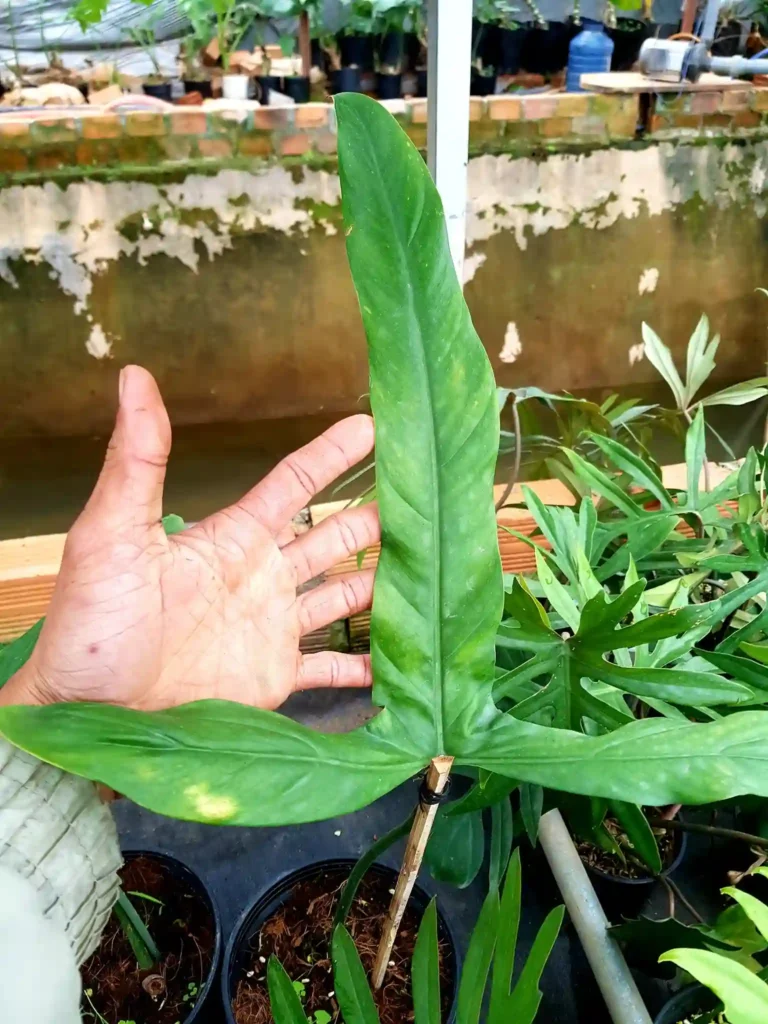Exploring the Primulaceae Family
As a plant enthusiast, I’ve always found joy in discovering the diverse families of flowering plants. One family that particularly captivates my attention is the Primulaceae, commonly known as the primrose family. This family comprises around 56 genera and includes approximately 1,000 species of herbs and small shrubs. In this article, I’ll share my insights and experiences with the Primulaceae family, highlighting some of its most fascinating genera.
Understanding Primulaceae
The Primulaceae family is primarily known for its striking flowers and ability to thrive in various environments. Most commonly, you’ll find members of this family in temperate regions, although some species also inhabit tropical areas. The plants in this family are often characterized by their alternate leaves, simple or lobed, and the arrangement of their flowers in clusters or whorls.
When I first encountered Primula, one of the most well-known genera within this family, I was instantly drawn to its vibrant blooms. Primula species, such as Primula vulgaris (the common primrose), feature stunning clusters of flowers in shades of yellow, pink, and purple. These flowers often emerge in early spring, adding a burst of color to gardens and natural landscapes after the long winter months.
Genera of the Primulaceae Family
- Aegiceras Gaertn.
- Amblyanthopsis Mez
- Amblyanthus A.DC.
- Androsace L.
- Antistrophe A.DC.
- Ardisia Sw. – 737 Species in Genus Ardisia
- Ardisiandra Hook.f.
- Badula Juss.
- Bonellia Bertero ex Colla
- Bryocarpum Hook.f. & Thomson
- Clavija Ruiz & Pav.
- Conandrium (K.Schum.) Mez
- Coris L.
- Ctenardisia Ducke
- Cybianthus Mart.
- Cyclamen L. – 24 Species in Genus Cyclamen
- Deherainia Decne.
- Dionysia Fenzl
- Discocalyx (A.DC.) Mez
- Elingamita G.T.S.Baylis
- Embelia Burm.f.
- Emblemantha B.C.Stone
- Evotrochis Raf.
- Fittingia Mez
- Geissanthus Hook.f.
- Heberdenia Banks ex A.DC.
- Hottonia Boerh. ex L.
- Hymenandra A.DC. ex Spach
- Jacquinia L.
- Labisia Lindl. – 9 Species in Genus Labisia
- Loheria Merr.
- Lysimachia Tourn. ex L. – 288 Species in Genus Lysimachia
- Maesa Forssk.
- Mangenotiella M.Schmid
- Monoporus A.DC.
- Myrsine L.
- Neomezia Votsch
- Omphalogramma Franch.
- Oncostemum A.Juss.
- Paralysimachia F.Du, J.Wang & S.Y.Yang
- Parathesis Hook.f.
- Pleiomeris A.DC.
- Pomatosace Maxim.
- Primula L. – 586 Species in Genus Primula
- Sadiria Mez
- Samolus L. – 14 Species in Genus Samolus
- Soldanella L.
- Solonia Urb.
- Stimpsonia C.Wright ex A.Gray
- Stylogyne A.DC.
- Systellantha B.C.Stone
- Tapeinosperma Hook.f.
- Theophrasta L.
- Vegaea Urb.
- Votschia B.Ståhl
- Wallenia Sw.
The Ecological Importance of Primulaceae
The Primulaceae family plays a significant role in various ecosystems. Many species serve as essential food sources for pollinators, including bees, butterflies, and other insects. In my garden, I have observed how the presence of Primula and Lysimachia attracts these beneficial creatures, enhancing the overall health of my garden. Additionally, some species in the Primulaceae family are used in traditional medicine, showcasing their relevance beyond ornamental purposes.
Cultivation Tips for Primulaceae Plants
If you’re considering adding members of the Primulaceae family to your garden, here are some tips based on my experiences:
- Soil Requirements: Most Primulaceae species prefer well-drained soil rich in organic matter. Adding compost can enhance soil fertility.
- Light Conditions: While some species thrive in full sun, others prefer partial shade. It’s essential to research the specific light requirements of each genus.
- Watering Needs: Many members of this family appreciate consistent moisture, especially in their growing season. However, be cautious not to overwater, as this can lead to root rot.
- Fertilization: A balanced fertilizer applied during the growing season can promote healthy growth and vibrant blooms.
Conclusion
In my journey as a plant lover, the Primulaceae family has offered me countless moments of joy and discovery. With its diverse genera and beautiful blooms, it enriches gardens and natural landscapes alike. Whether you’re drawn to the charm of Primula or the unique features of Dodecatheon, there’s something for everyone in this fascinating plant family. Embracing the diversity of the Primulaceae family has not only enhanced my gardening experience but also deepened my appreciation for the intricate relationships within our ecosystems.
If i die, water my plants!



